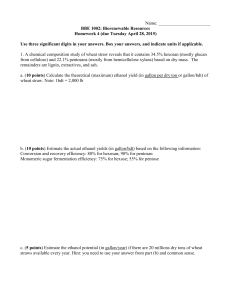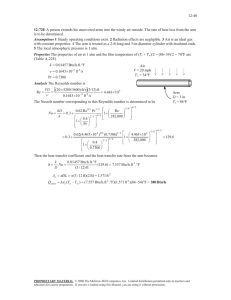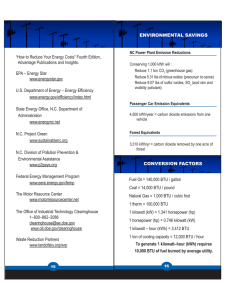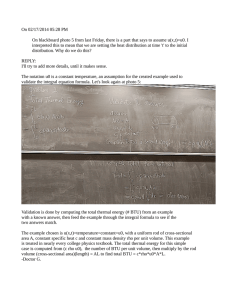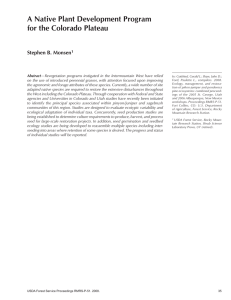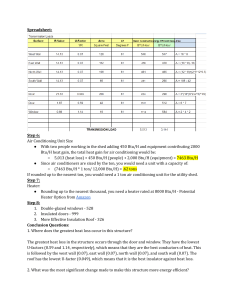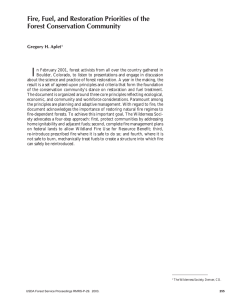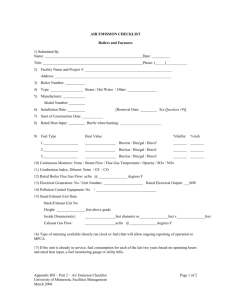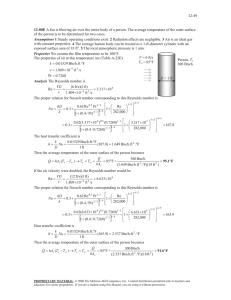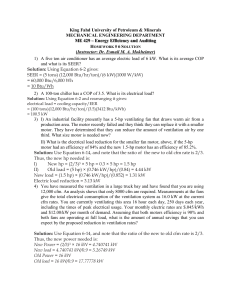Energy from the Woodlands Jerry Payne
advertisement
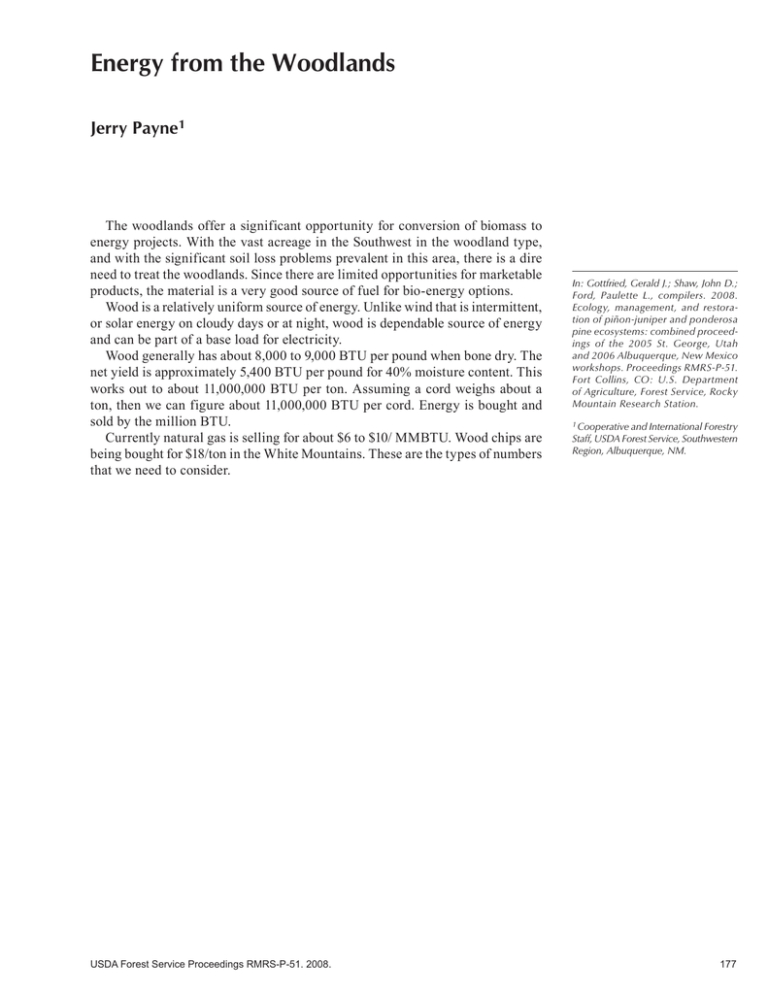
Energy from the Woodlands Jerry Payne1 The woodlands offer a significant opportunity for conversion of biomass to energy projects. With the vast acreage in the Southwest in the woodland type, and with the significant soil loss problems prevalent in this area, there is a dire need to treat the woodlands. Since there are limited opportunities for marketable products, the material is a very good source of fuel for bio-energy options. Wood is a relatively uniform source of energy. Unlike wind that is intermittent, or solar energy on cloudy days or at night, wood is dependable source of energy and can be part of a base load for electricity. Wood generally has about 8,000 to 9,000 BTU per pound when bone dry. The net yield is approximately 5,400 BTU per pound for 40% moisture content. This works out to about 11,000,000 BTU per ton. Assuming a cord weighs about a ton, then we can figure about 11,000,000 BTU per cord. Energy is bought and sold by the million BTU. Currently natural gas is selling for about $6 to $10/ MMBTU. Wood chips are being bought for $18/ton in the White Mountains. These are the types of numbers that we need to consider. USDA Forest Service Proceedings RMRS-P-51. 2008. In: Gottfried, Gerald J.; Shaw, John D.; Ford, Paulette L., compilers. 2008. Ecology, management, and restoration of piñon-juniper and ponderosa pine ecosystems: combined proceedings of the 2005 St. George, Utah and 2006 ­Albuquerque, New Mexico workshops. Proceedings RMRS-P-51. Fort Collins, CO: U.S. Department of Agriculture, Forest Service, Rocky Mountain Research Station. 1 Cooperative and International Forestry Staff, USDA Forest Service, Southwestern Region, Albuquerque, NM. 177
